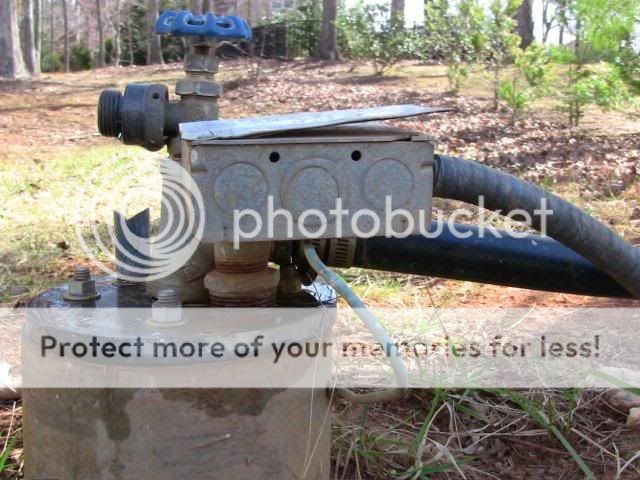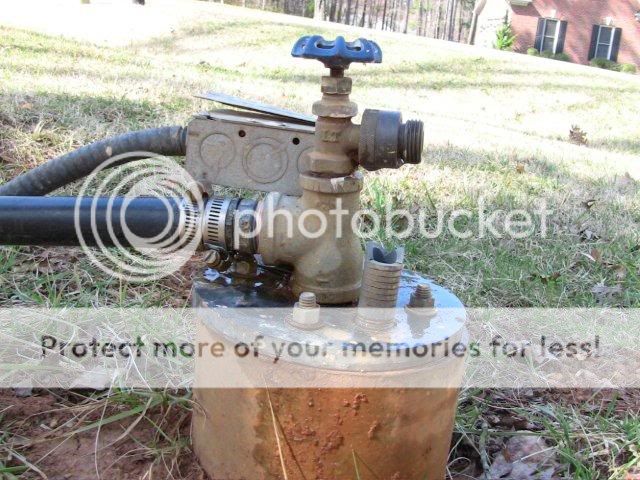Hi everyone,
I need to do chlorination of my well, I read the instructions, and everything seems clear except a tiny thing - how do I actually open the well???


As you can see One of the screws is right below the water pipe; also there was a plastic PVC seal on top of an air pipe (???) which fell off... Can I put bleach through that pipe?
I need to do chlorination of my well, I read the instructions, and everything seems clear except a tiny thing - how do I actually open the well???


As you can see One of the screws is right below the water pipe; also there was a plastic PVC seal on top of an air pipe (???) which fell off... Can I put bleach through that pipe?
Last edited:
